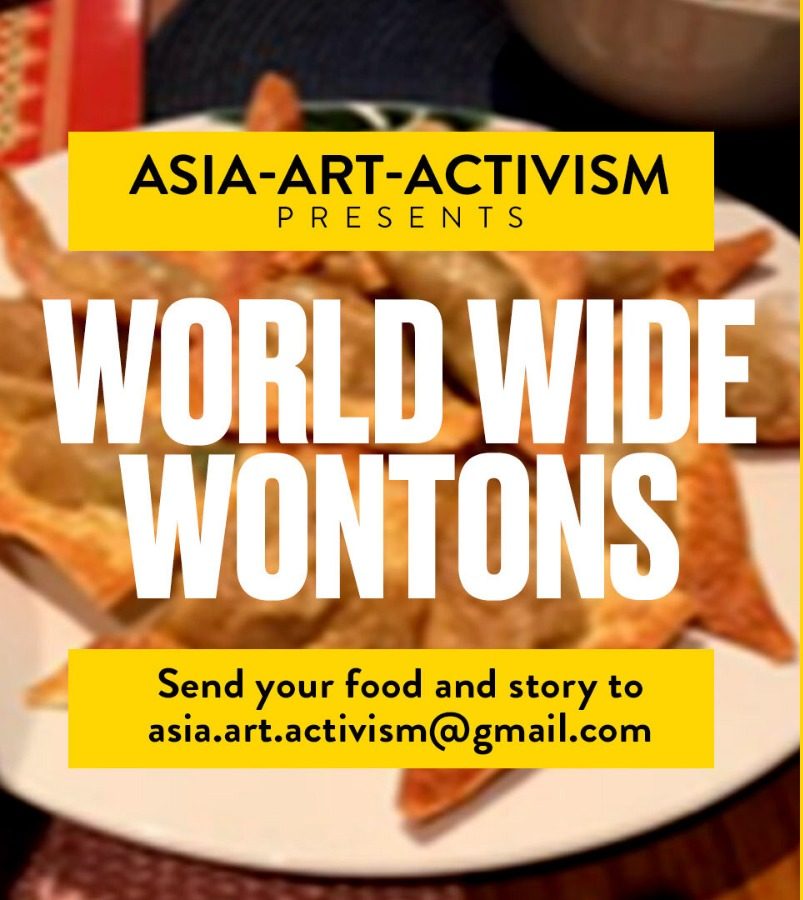Raised by parents who do not cook, I started learning to fend for myself in the kitchen only after I left home for university in the US. One (pre-internet) day I phoned my mum in Singapore to ask her how one boils an egg. She said, “Tsk. Don’t be stupid lah, just boil water and throw it in!”
I did, and the egg (straight from fridge) promptly exploded. I rang my mum back. “Eh. You never boiled an egg before, right?”. “Errrr, no…” was her sheepish reply.
Over time I learned – without enthusiasm – to cook minimal-hassle and nutritionally half-sound meals. My overarching technique consisted of simply applying heat to ingredients and stirring them around half-heartedly, hoping for the best.
When I had my child at 40, I knew I wanted her to grow up with some culinary skills. Together, we embarked on many firsts: yaki soba, onigiri, kimbap, marbled tea eggs, risotto, and maki sushi to name a few. All of this is clumsily made, but surprisingly delectable.



Lynn Lu (PhD, AFHEA) is a visual artist from Singapore, trained in the US, France, Japan, and Australia.
Her multidisciplinary practice revolves around participation and collaboration, context and site specificity, and the poetics of absurdity. Engaging vigorously with the present reality of all that is here-and-now, the meaning of her works often manifests in the resonant relationships created between herself and her audience, and between the audience themselves.
Lynn exhibits and performs extensively worldwide. Recent venues include National Gallery Singapore (2021), Staatlichen Kunstsammlungen Dresden (2019), Framer Framed (2018), Science Gallery London (2017), Saatchi Gallery (2017), Palais de Tokyo (2015), The Barbican (2015), Perth Institute of Contemporary Arts (2013), Tate Modern (2010), Beijing 798 Art Zone (2009), and Singapore Art Museum (2007).
Lynn lives and works between Singapore and London. She is a Visiting Artist at London College of Communication, University of the Arts London, Associate Lecturer at Nanyang Academy of Fine Arts, and Associate Artist at ]performance s p a c e [.






















